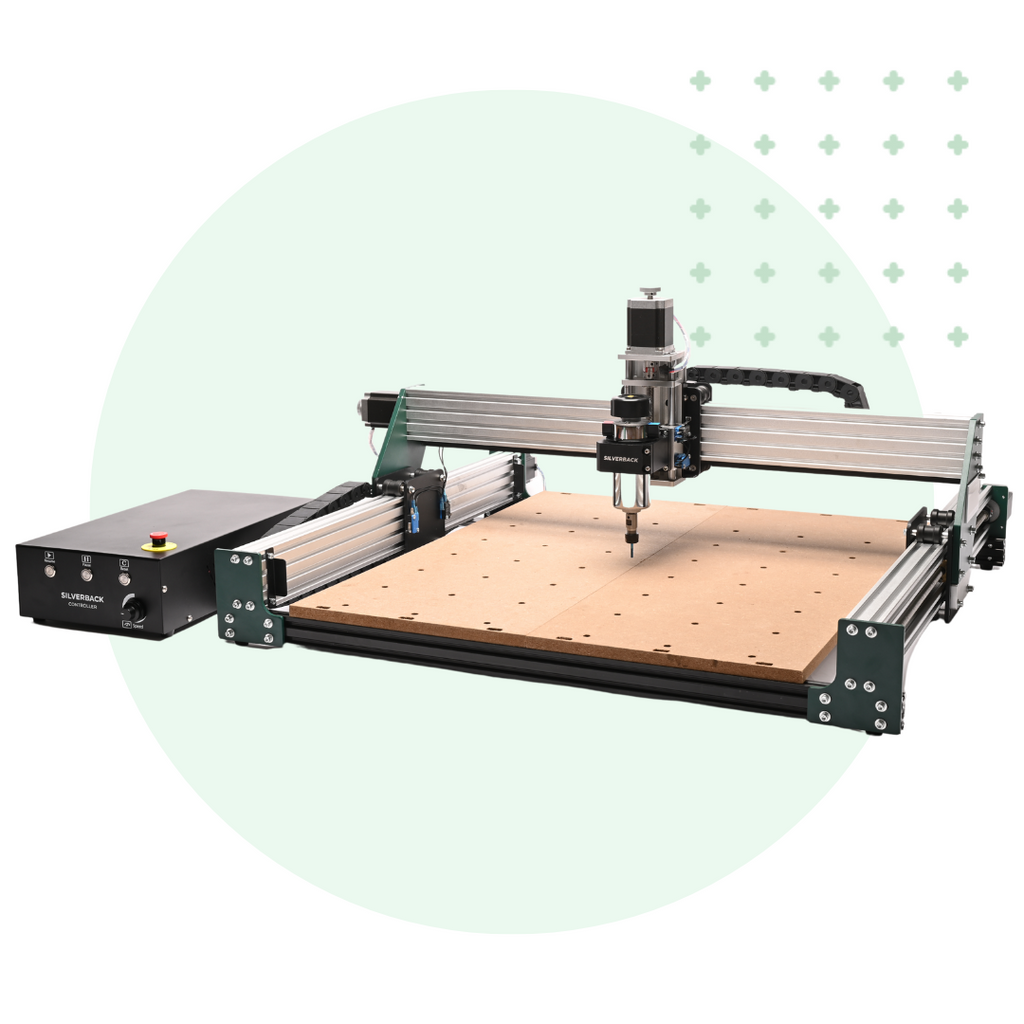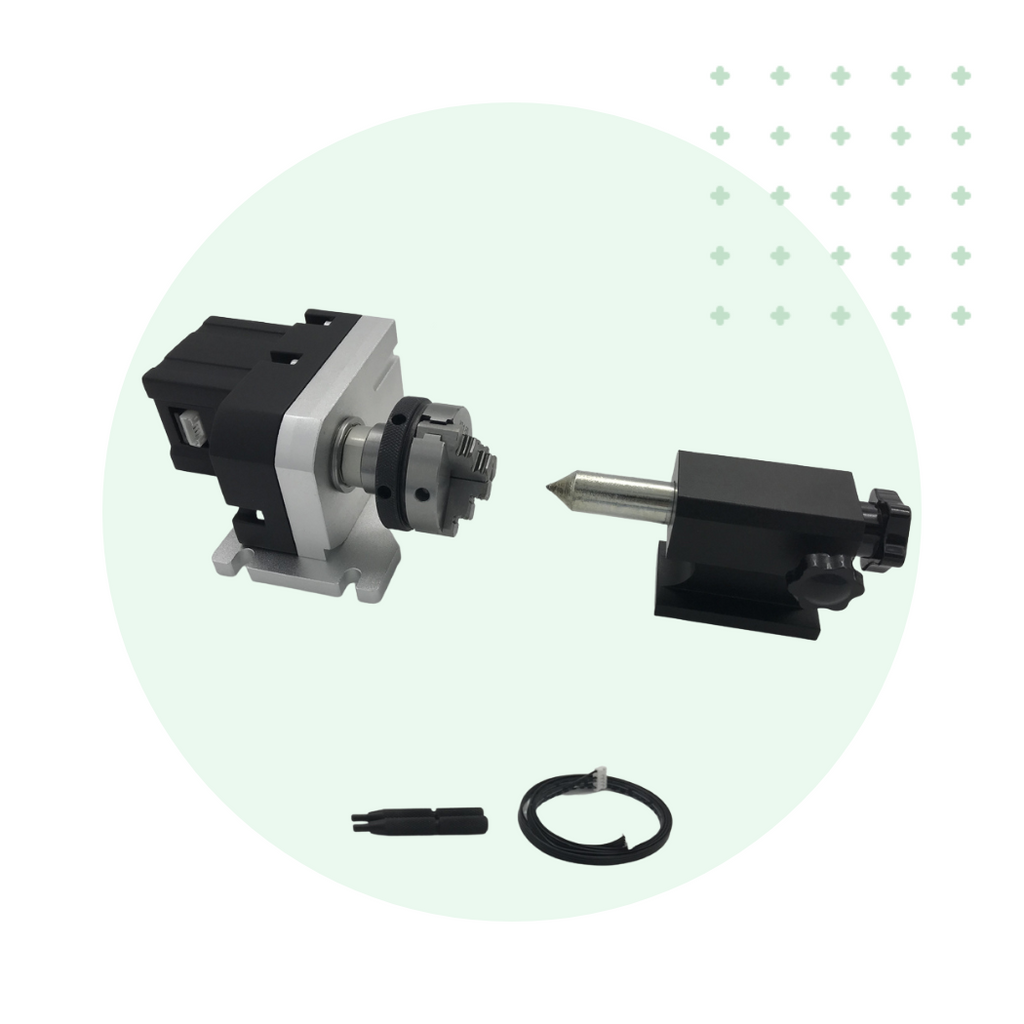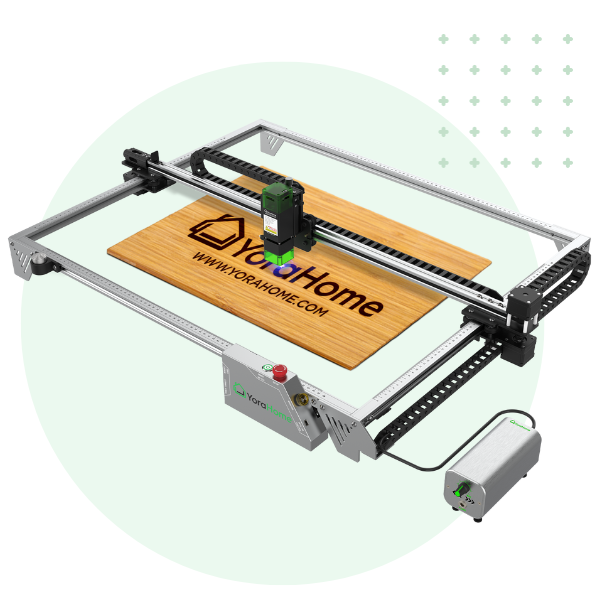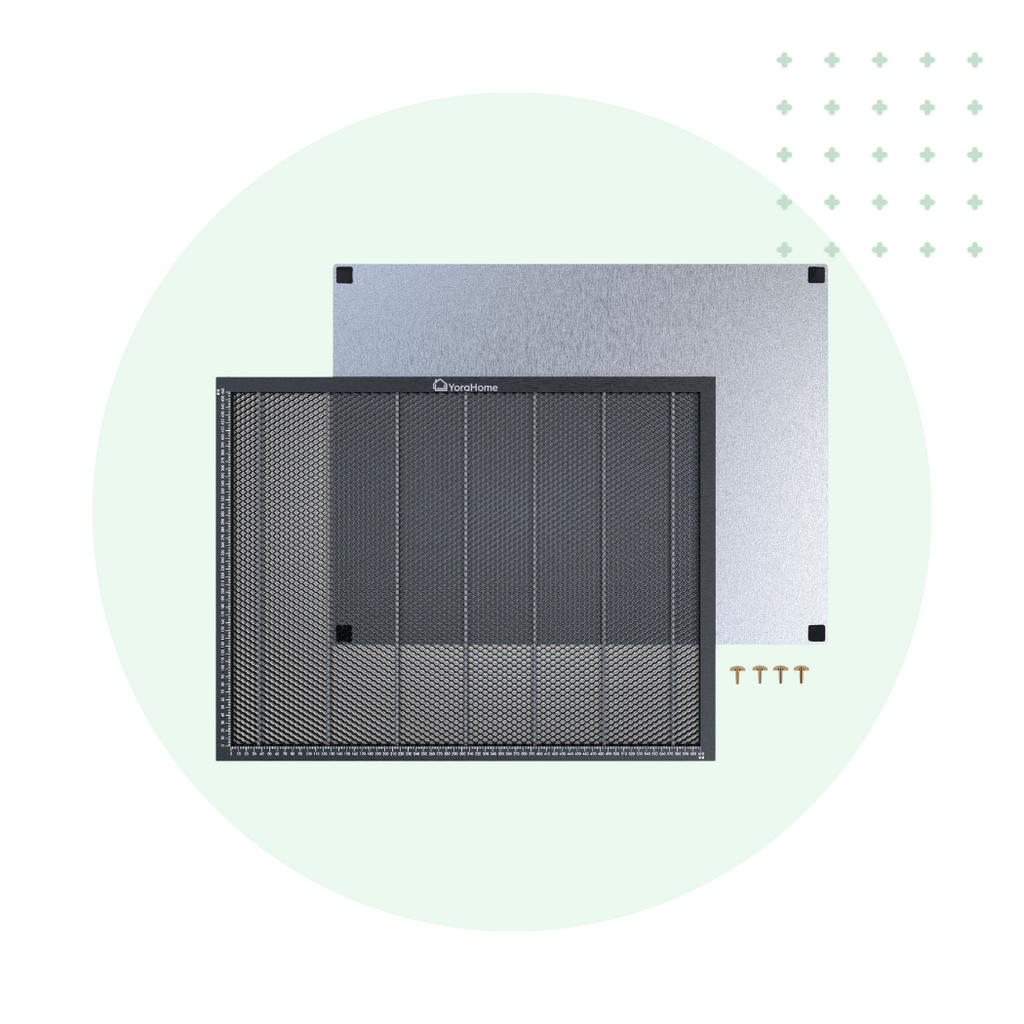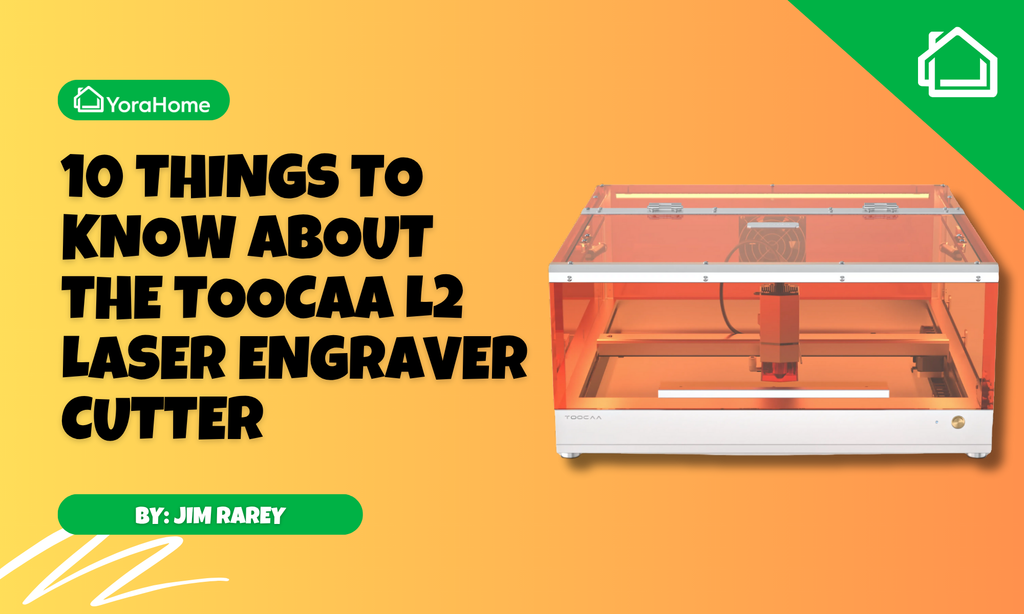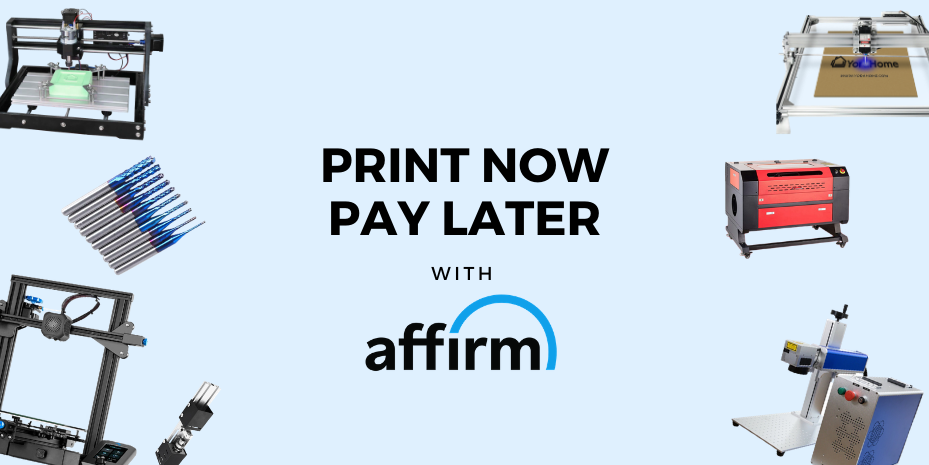How To Choose The Right Bits For your CNC Projects (Part III)

And now we get to the million-dollar question, which bit do I need for which material?
Well, if there was one easy answer to that question, it would be the first result you’d see on a Google search, that you have probably already done before reading this.
But, there are some good basic guidelines to follow to give you a good head start in choosing the right bits.
The material you use for your project is probably the deciding factor when choosing a bit. The variety of hardness, density, melting point, how it chips and so on, all need to be factored in for the design and cutting of your project.
First and foremost is that whatever you choose to use, it must be sharp. Blunted bits cut badly and are much more likely to break and are therefore intrinsically dangerous. Ensure you choose long lasting router bits.

1. Material Types
Materials themselves can normally be broken down into 3 major categories: Woods, Plastics, Metals.
Woods
A favourite for CNCers, this natural beautiful material can be cut smoothly and relatively quickly. Wood forms dust and small chips when cut. The huge variety of timber available makes for lots of interesting options.
Plastics
This versatile material tends to generate continuous curls when being cut. The properties of plastics and acrylics should make them easy to use, however their tendency to melt and reweld onto the bit and the cutting area can drive most CNCers to distraction until they find the right settings.
Metals
The most difficult of the three to cut as they are the strongest and hardest. There are specialized bits available for engraving brass, aluminium etc.
2. Bits Types
Back to bits. If you remember from the previous article, we discussed flutes - the cutting edges that are machined into the side of a tool to provide a path for ejected chips of material to travel along as it moves through a block of material.
When it comes to chips, think of them as being a cooling mechanism at the cutting edge, talc like dust will not draw away much heat, however big chunks of material will be hard to clean up afterwards and will make a mess of your cut edges even if they are keeping the area cool.
You need a happy medium. Well, these chips can be sent upward or downward depending on the bit used.
Up-Cut Bits

These bits are a good choice when working with plastics, metals or any material that is likely to melt or burn when heat is applied to it. They force the chips upwards and generate a smooth base to the path of the cut.
The downside to these bits is that due to their upward pulling action, they tend to work against your clamps, so make sure your piece is firmly attached when using an Up-Cut bit.
Down-Cut Bits

Down-Cut bits will give a smoother top surface to the cut than an up-cut. These are useful when cutting thin materials.
However, if your project will require several passes, they can have a tendency to melt or singe the material, although they will push the material down onto your worktable.
Remember the number of flutes make a difference to removing chips too:

So softer materials work well with 2 flute up-cut, harder materials with 6 or 8 flute up-cut.
Basics again: Consider the smallest details of your project, generally you should choose the biggest bit that can cut your design in your machine, bigger bits are stronger and will remove more material more quickly, however larger bits cannot cut smaller corners or fine details.
3. Conclusion
So, the simple breakdown on what bit does what with what –
Two Flute Square End – workhorse bit, does just about anything you want on any material.
Two Flute Straight Cut End – these flutes don’t pull upwards, so there’s less chance of damage to the top surface, brilliant for plywood.
Two Flute Ball End – the rounded ball on the end allows for fine detail when doing 3D, it won’t however cut flat surfaces.
Single Flute Up Cut End – cuts plastics and acrylics brilliantly due to the tip of the cutting edge resembling a hook.
Fishtail End – similar to the standard square end, but with the tips extending further than the centre of the bit
Engraving bit – the one you received with your 3018, has a tiny tip, 0.1 mm, these bits are tapered to make them stronger and this also makes the cutting diameter bigger the deeper the cut. These bits are only for engraving fine details, but they’ll do it on virtually any material. So now you know why these come with the machines!
I’m sure this hasn’t answered all your questions, but I do hope it has helped you make sense of what you need to think about when choosing your bits.
Get The Freshest Content
Straight To Your Inbox
Join over 3,000 creators who receive premium content, exclusive discounts, and all the must-know info on a weekly basis.
